THE BIRTH OF ART PHOTOGRAPHY FROM PICTORIALISM TO MODERN PHOTOGRAPHY (1889-1929) – MUSEUM OF FINE ARTS BUDAPEST
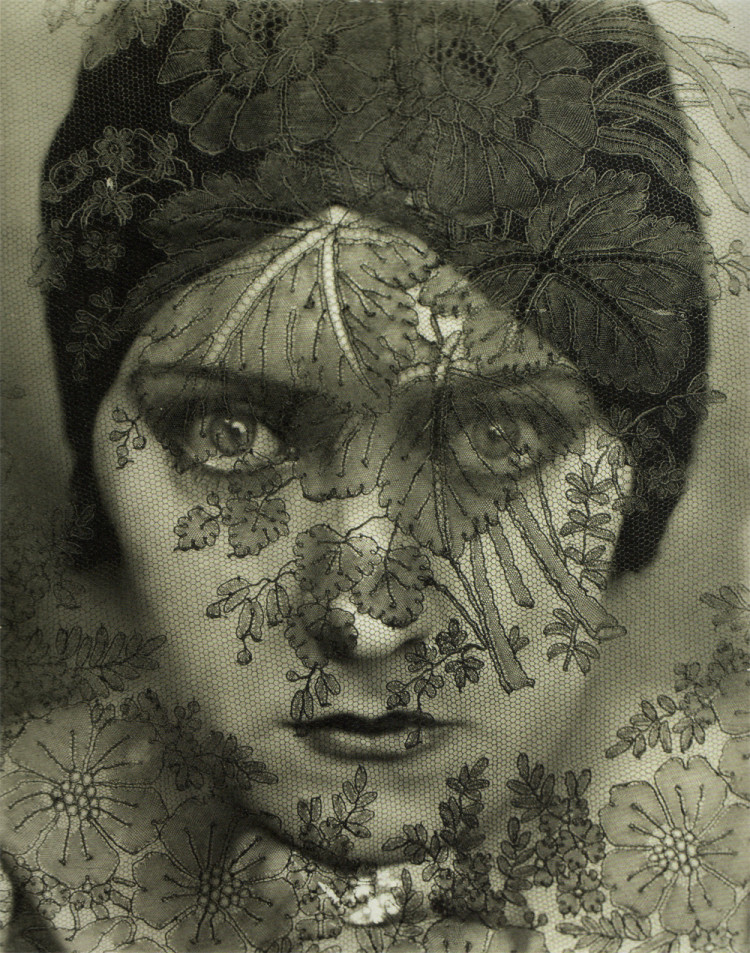
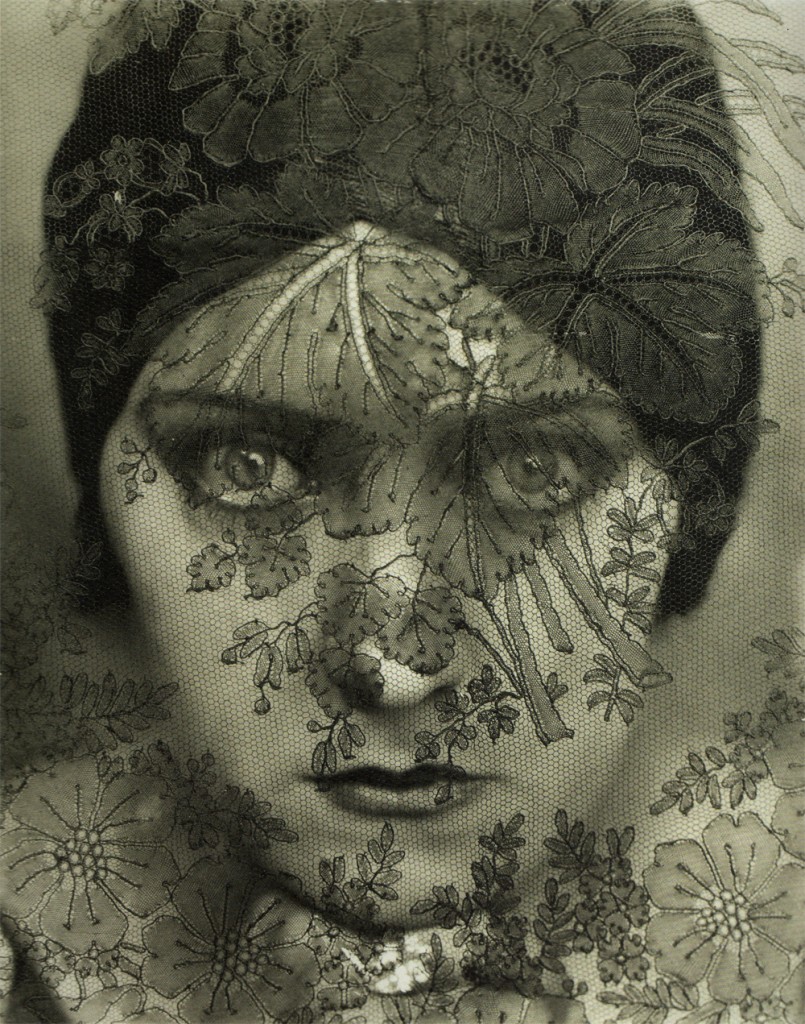
THE BIRTH OF ART PHOTOGRAPHY FROM PICTORIALISM TO MODERN PHOTOGRAPHY (1889-1929)
29th March – 1 July, 2012
Curator: Baki Péter
Exhibition Manager: Pablényi Agnes
Exhibition co-ordination: Schilling Sara
Catalogue Editor: Baki Péter – Publisher: dr. Laszlo Baan, Museum of Fine Arts Budapest, 2012
Museum of Fine Arts Budapest (Szépművészeti Múzeum)
Dózsa György út 41, Budapest 1146 – e-mail: info@szepmuveszeti.hu
Text by Vittoria Biasi – translated by Salvatore Rollo
Budapest’s Museum of Fine arts contains for the third time the exhibition The Birth of the photography. Mr. Laszlo Baan, its general manager, writes “We’re doing this out of our belief as for photography got a worthy place in modern fine art and the works of Hungarian artists have achieved artistic top level – music and photography, through sound and light – competitive with those of other countries, even if artistic capabilities weren’t developed in Hungary”. Mr. Peter Baki, curator, opens the display with a debate on two schools of thought after photography was created. Its birth and history starts during 1889 when Peter Henry Emerson publishes the Naturalistic Photography with the conflicting theories about the Pictorial effect in Photography.
Such a period represents a milestone in its history. This new trend was developed almost at the same time in England, Austria, France and Germany in 1890. In the same year George Eastman – founder of Kodak – introduced the celluloid. Getting to artistic value of photography, advocates of Pictorialism believed they could find autonomy through imitation of a style of painting, their ideal artistic counterpart being the Impressionism.
Clearly their approach reverted to solutions pertaining painting both technical and themes. For example, the soft focus lens and relevant development were used to emulate pictorial representation. Pictorialism in photography was regarded as a tool of artistic self-expression and not as a documentary evidence on real life.
Gyongy Pal writes of amateur Pictorialism, aesthetic movement, which have played a key role in its development. We remember the Boulletin du Photo-club de Paris which told of their members’s life and works; Camera Notes edited by Alfred Stieglitz in the States. “Such magazines, in the main, attend to technical descriptions, resumed the meetings of clubs, suggested educational tips on relevant subjects, reviewed recently published books, reprinted photos, announced competitions and debated questions on aesthetics”.
However it was just because of use of fine processes that Pictorialism in photography was like paintings almost deceptively, and artists were not capable to exploit documentative potential of photography.

The two ways of the life is a carbon print opening the shows and is the most important work of Oskar Gustav Rejander. It is a photomontage suggested by Raphaelesque School of Athens; He never told his love a print on platinum by Henry Peach Robinson. Winter-Fifth Avenue a print on silver gelatine by Alfred Stieglitz with another print on carbon; a photogravure A Study in Red by Robert Demachy. Gloria Swanson a special print on silver, work-manifest by Edward Steichen.
The concept of Pictorialism demonstrates that photography did not achieve its autonomy. In Europe photographic style was coming to the fore after the end of World War I which caused switches in language. In Europe and United States the New Objectivity emerged during the years going from 1920 and on. It was a realistic movement that strove for objectivity and represented a pure and impartial means of depiction. (Renger-Patzsch, Albert, Keneper-Hochofenwek, 1927).
Photomontage and photo-collage were the new photographic methods, among others, that were created after the Great War. Independent artists as Christian Schad, Man Ray, Lazlo Moholy-Nagy produced their innovative techniques interacting with light and light sensitive materials.
In Koppitz Rudolf (Movement study, In the Womb of Nature, Composition), the drama of figures, is near to political and radical photos by Tina Modotti or August or Angelo.
The exhibition presents 200 images of Pictorialism, photos of highest level: “Steerage” of 1907 by Alfred Stieglitz which depicts the lower-class deck of a steamer from New York to Bremen in Germany together with André Kertesz, a Hungarian artist and the experimental works by Laszlo Moholy-Nagy.
The exhibition shows also the cameras in use, beginning with the sizeable machine crafted by carpenters for studios, during 19th century, ending with Leica’s compact cameras marketed during 1920.
Vittoria Biasi
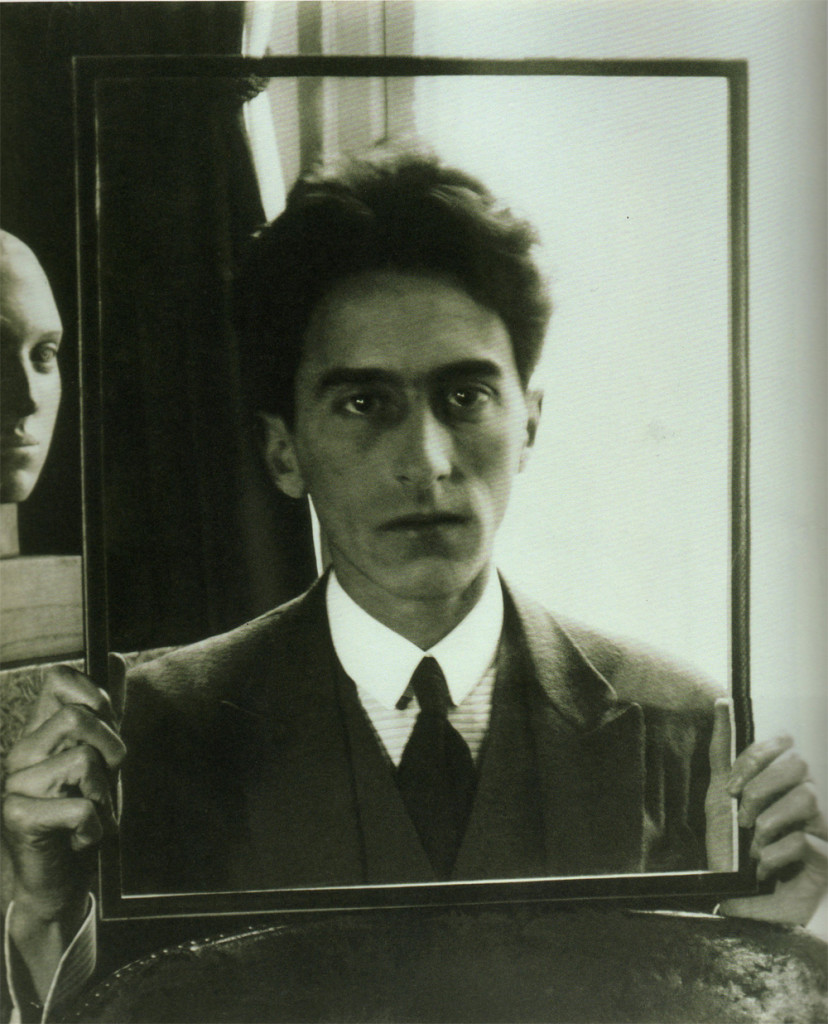
Testo di Vittoria Biasi
E’ già la terza volta che il Museo di Belle Arti di Budapest allestisce una mostra sulla “Nascita della fotografia”. Il direttore Laszlo Baan scrive “ Continuiamo a farla perché siamo convinti che la fotografia ha una collocazione importante nell’arte moderna e anche perché le opere degli artisti Ungheresi hanno raggiunto livelli di assoluta concorrenza con quelli di ogni parte del mondo, anche se la loro capacità artistica non si è sviluppata in Ungheria.
Il curatore Peter Baki apre la mostra con una discussione su due scuole di pensiero dopo l’invenzione della fotografia nel 1839. La nascita della sua storia inizia nel 1889 quando Peter Henry Emerson pubblica “La fotografia Naturalistica” con le varie teorie sull’Effetto del Pittorialismo nella fotografia.
Questo periodo rappresenta una pietra miliare nella storia della fotografia. Tale nuova tendenza si sviluppò quasi contemporaneamente in Inghilterra, Austria, Francia e Germania dal 1890 in poi. E’ in questi anni, 1890, che George Eastman, fondatore della Kodak, introduce l’uso della celluloide. Per dare significato artistico a questo tipo di fotografia si imitava stilisticamente la pittura impressionista.
L’approccio chiaramente si rifaceva sia nelle soluzioni tecniche che in quelle tematiche alla pittura. Per esempio, le lenti a focus variabile e la stampa particolare erano usate nella emulazione della rappresentazione pittorica. Il Pittorialismo guardava alla fotografia come strumento per esprimere la propria individualità e non aspiravano a rappresentare la realtà nella sua veridicità.
Sul catalogo Gyongy Pal si sofferma sui movimenti amatoriali di estetica del Pittorialismo che ha giocato un ruolo fondamentale nel suo sviluppo. Ricordiamo il “Boulletin du Photo-club de Paris” che riporta vita e opere dei suoi membri, e ancora l’americano “Camera notes” a cura di Alfred Stieglitz. “In genere questi periodici descrivono tecniche, riassumono gli incontri dei club, danno suggerimenti sui procedimenti fotografici, recensiscono libri pubblicati di recente, ristampano foto, annunciano concorsi e dibattono questioni di estetica”.
Comunque, è esattamente a causa dell’uso di alcuni metodi di stampa che le foto di tipo Pittorico danno l’impressione ingannevole di essere dipinti e, nella scelta del soggetto, gli artisti non sfruttano appieno il potenziale documentaristico della fotografia.
La mostra comincia con la stampa su carbone. The Two ways of the life, l’opera più importante di Oskar Gustav Rejander, un fotomontaggio ispirato al raffaelliano Scuola di Atene e la stampa su platino He never told his love di Henry Peach Robinson. In successione le opere di Alfred Stieglitz, Winter Fifth Avenue, stampa su gelatina di argento, e un’altra opera su carbone di Robert Damachy, A study in Red, fotoincisione. Nel Gloria Swanson di Edward Steichen, la stampa su argento che costituisce la sua opera manifesto, è di qualità particolare.
Il concetto di Pittorialismo sta a dimostrare che la fotografia non è autonoma. In Europa, si affermava sempre più lo stile fotografico alla fine della Prima Guerra Mondiale causa del cambiamento di linguaggio nella fotografia. La Nuova Oggettività si affermava in Europa e negli USA a partire dal 1920. Questo movimento si batteva per l’oggettività e rappresentava un puro e imparziale strumento di rappresentazione. (Renger-Patzsch, Albert, Keneper-Hochofenwek, 1927).
Dopo la Grande Guerra i nuovi metodi artistici includevano fotomontaggio e fotocollage. Christian Schad, Man Ray, Lazlo Moholy-Nagy, artisti indipendenti, sperimentavano le loro tecniche attraverso l’interazione di luce e materiali sensibili alla luce.
“The drama of figures” in Koppitz Rudolf (Movement study, In the womb of nature, Composition) è vicino alle foto radicali di Tina Modotti o di August Sander o di Angelo.
La mostra presenta 200 immagini di fotografia Pittorialistica di livello artistico elevato. Alfred Stieglitz con il suo Steerage del 1907, raffigurante l’umile gente stipata nel ponte inferiore di un piroscafo in navigazione da New York a Brema in Germania, con le alre dell’artista nato in Ungheria Andre Kertesz e esperimenti dell’Ungherese Laszlo Moholy-Nagy.
L’esposizione mostra le prime macchine fotografiche, a iniziare dal 19esimo secolo, con quella per laboratorio, ragguardevole, costruita da carpentieri per finire con la Leica del 1920 con la commercializzazione delle sue macchine fotografiche compatte.
Vittoria Biasi
Position the cursor on the images to view captions, click on images to enlarge them.
Posizionare il cursore sulle immagini per leggere le didascalie; cliccare sulle immagini per ingrandirle.

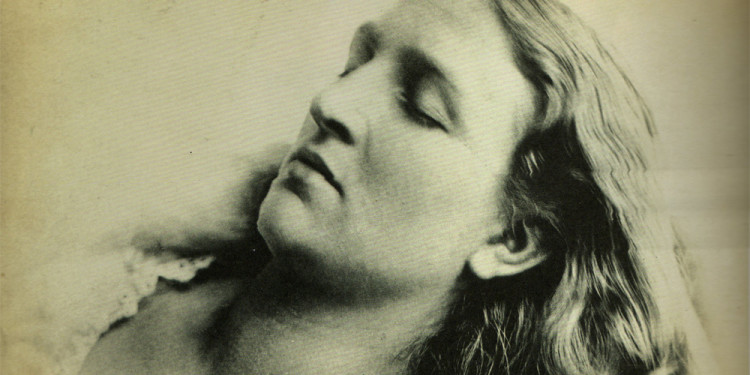
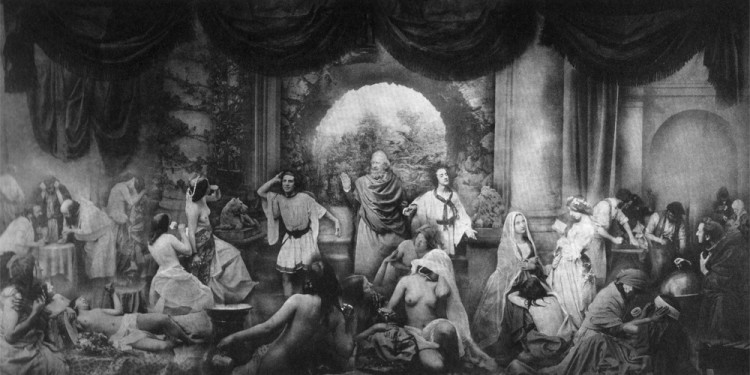
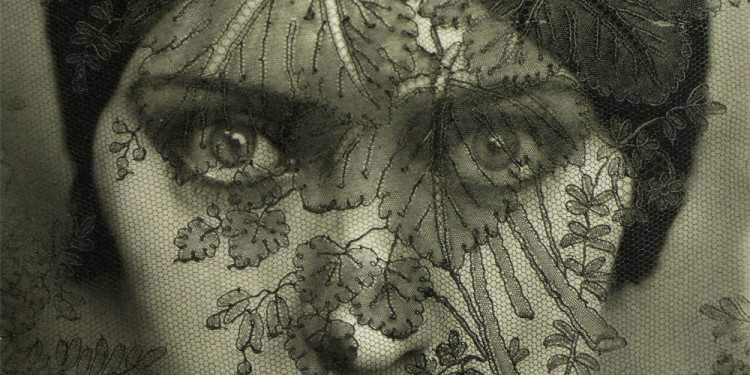
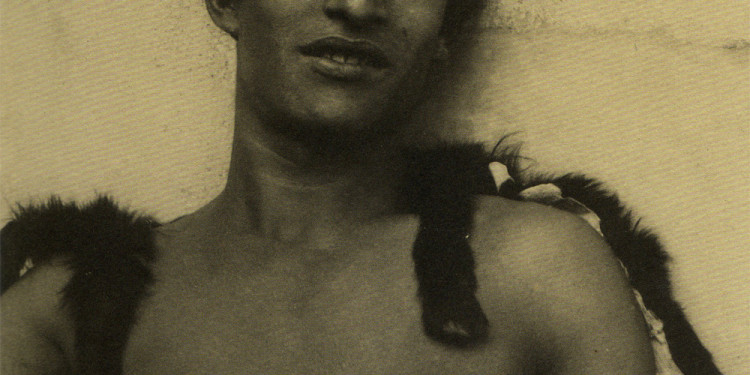
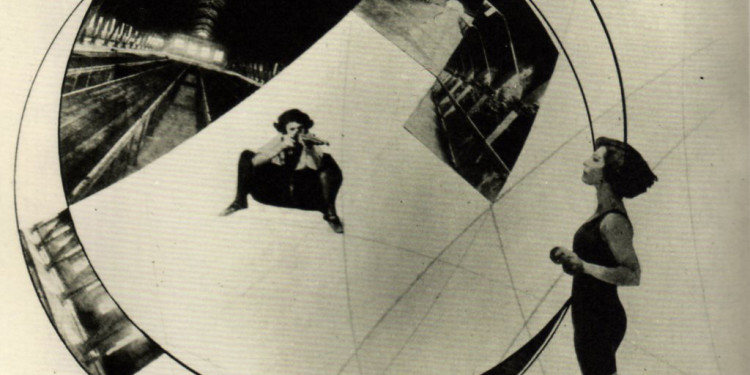
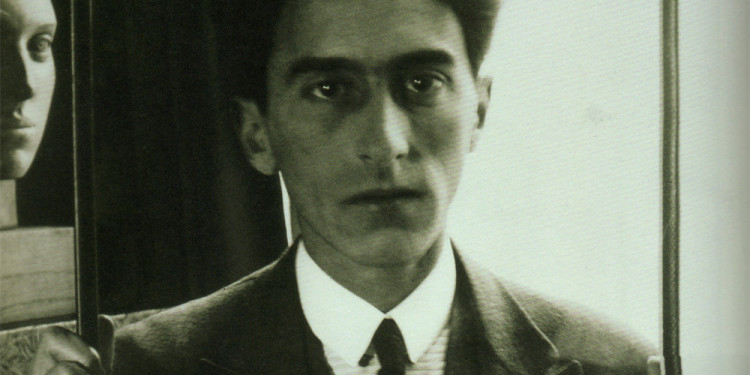
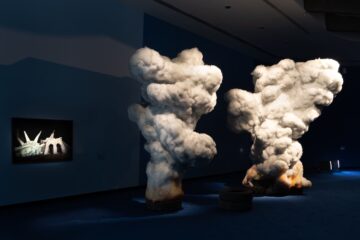


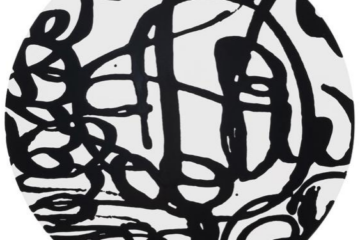

No Comment